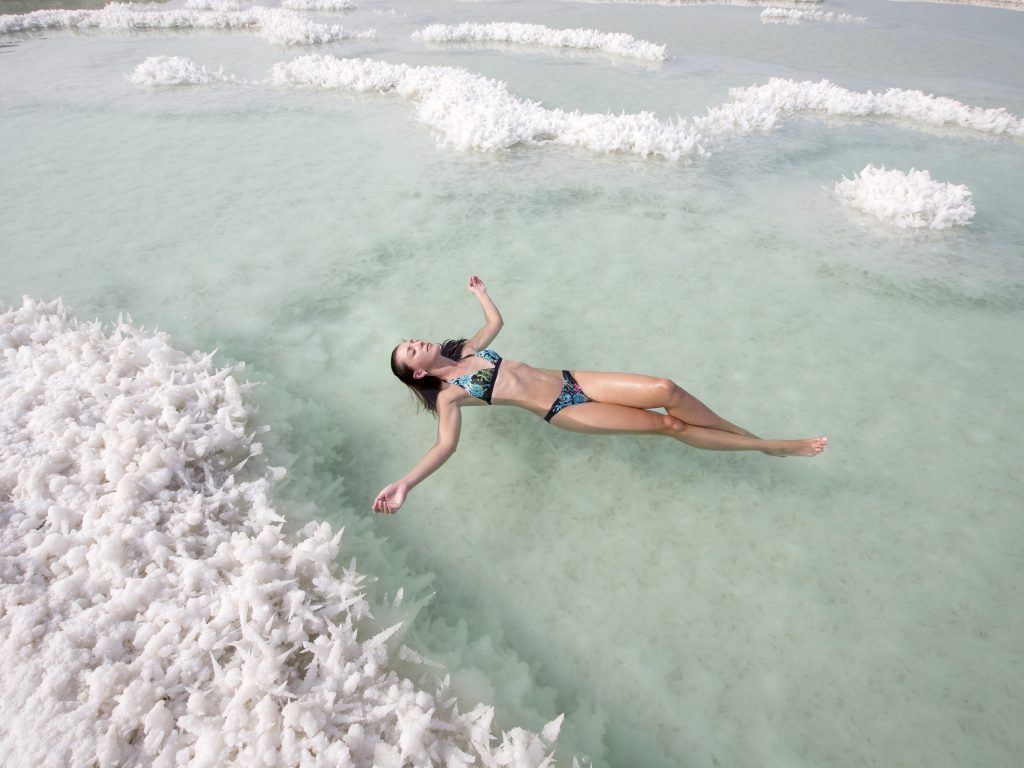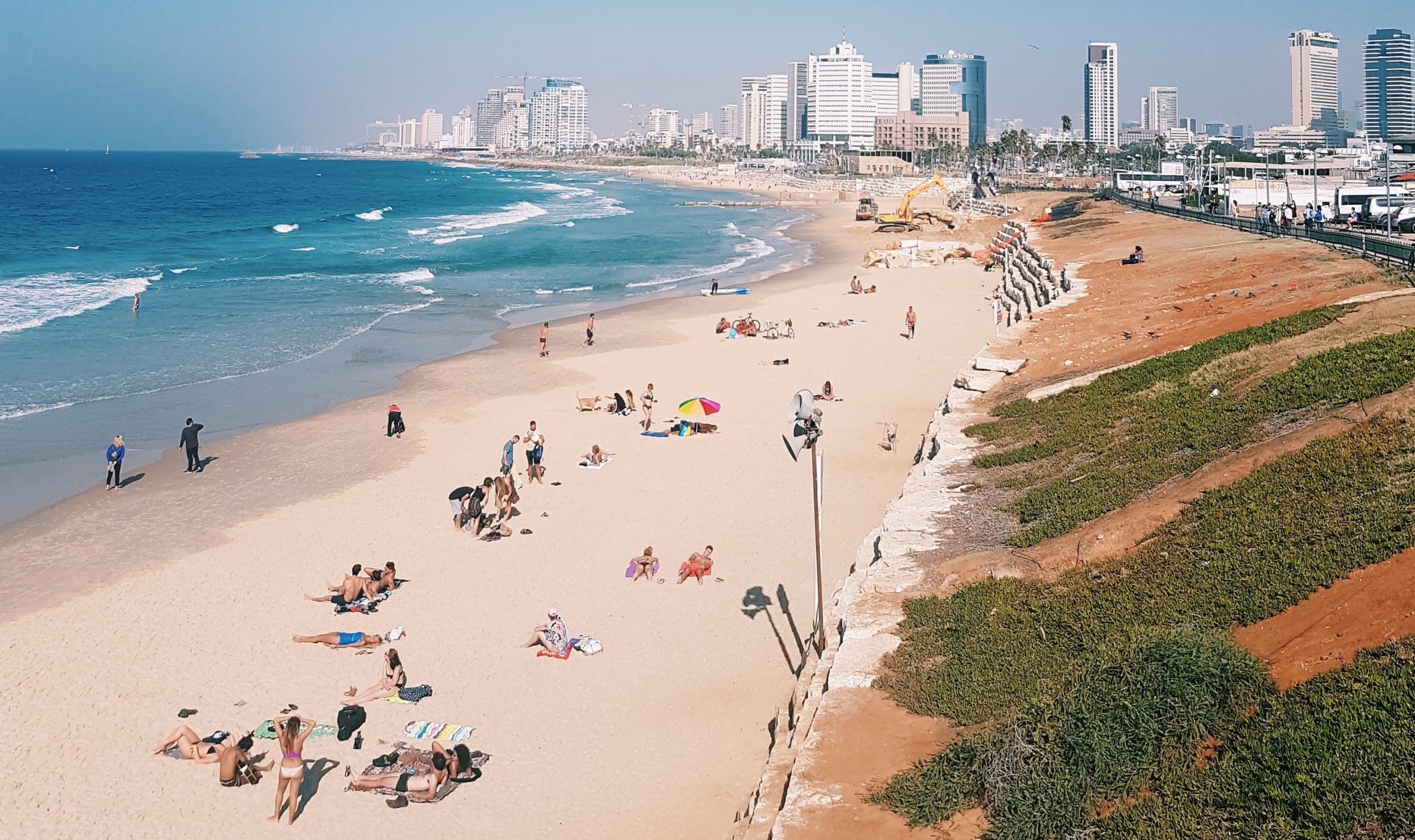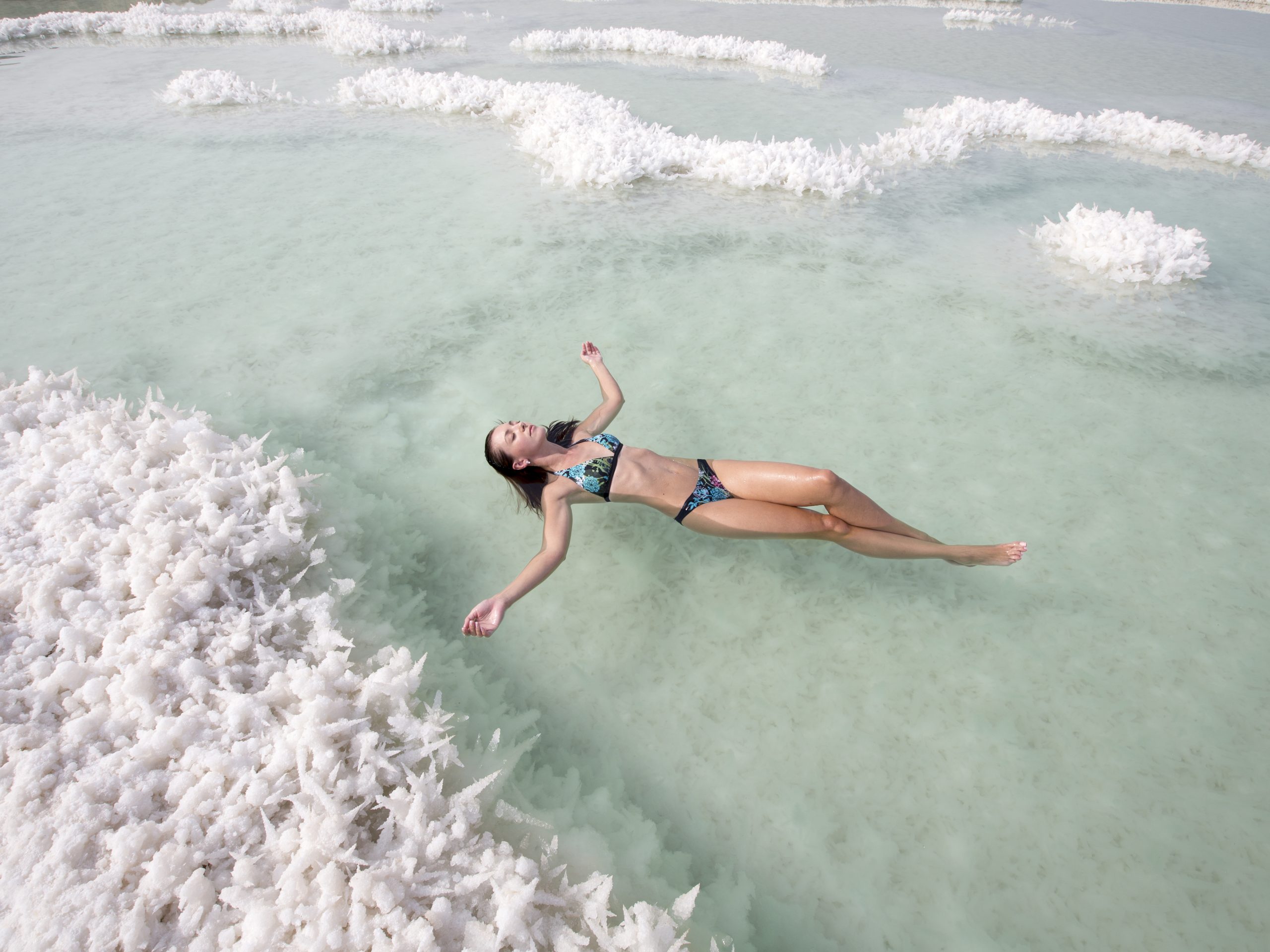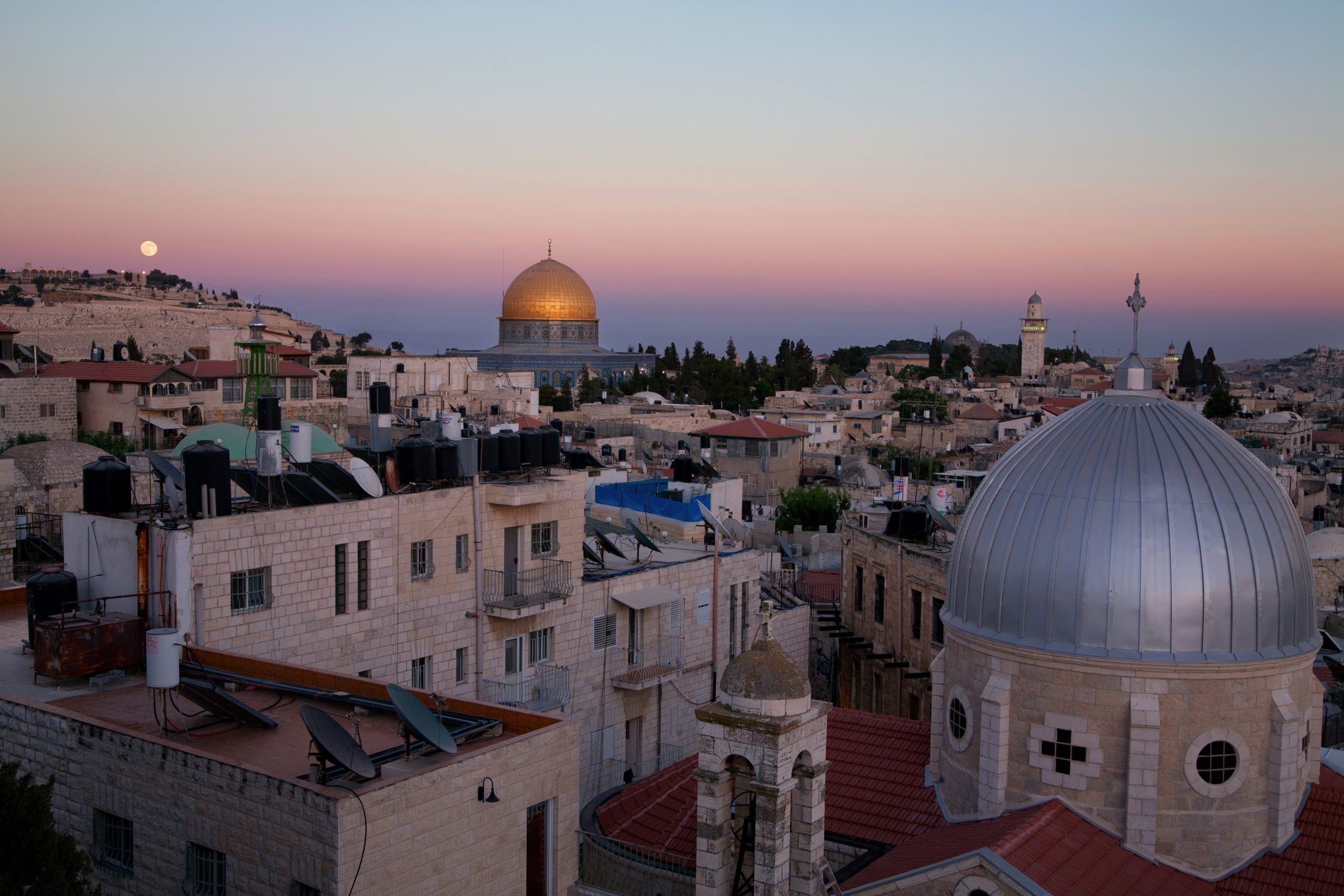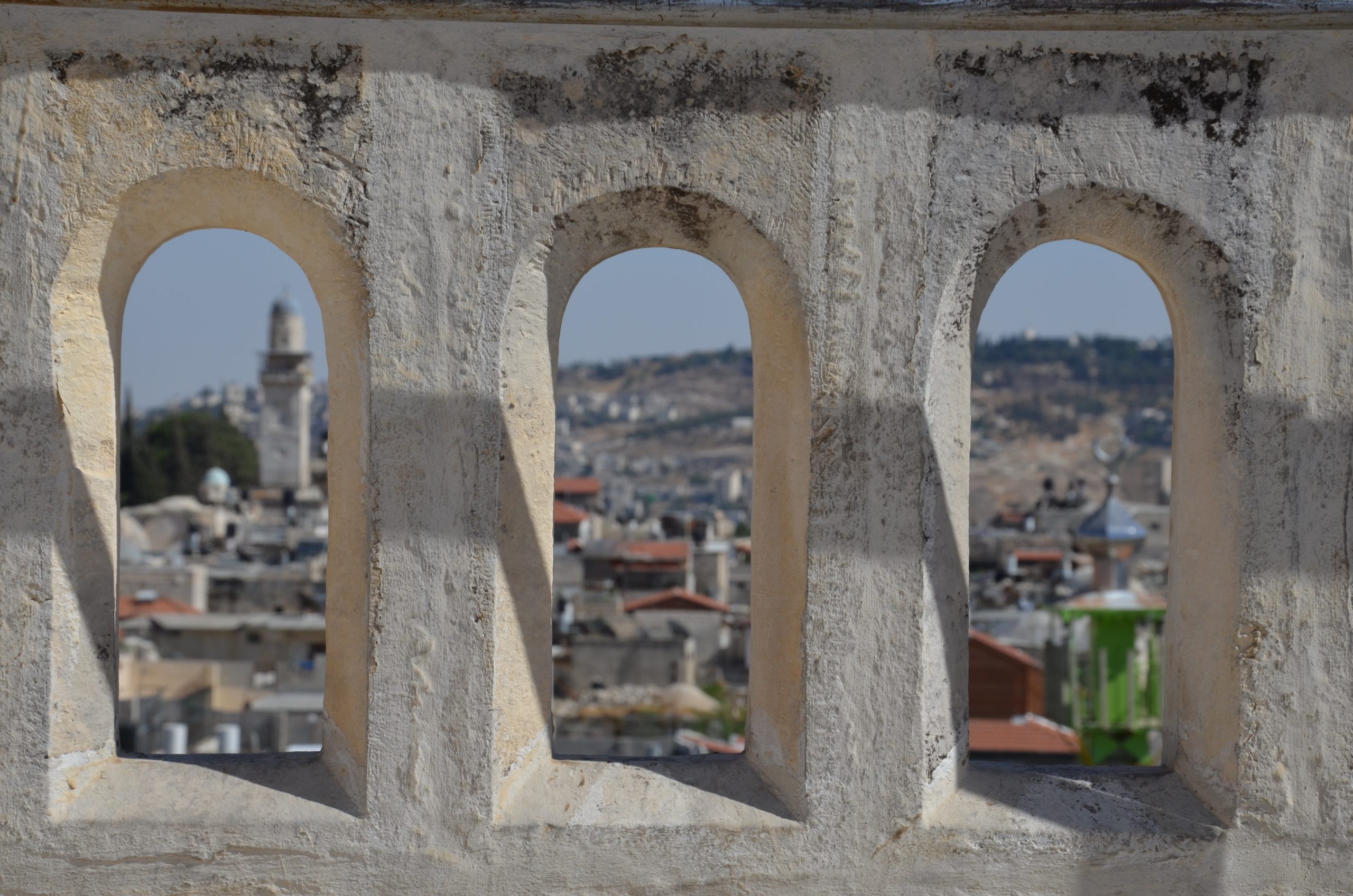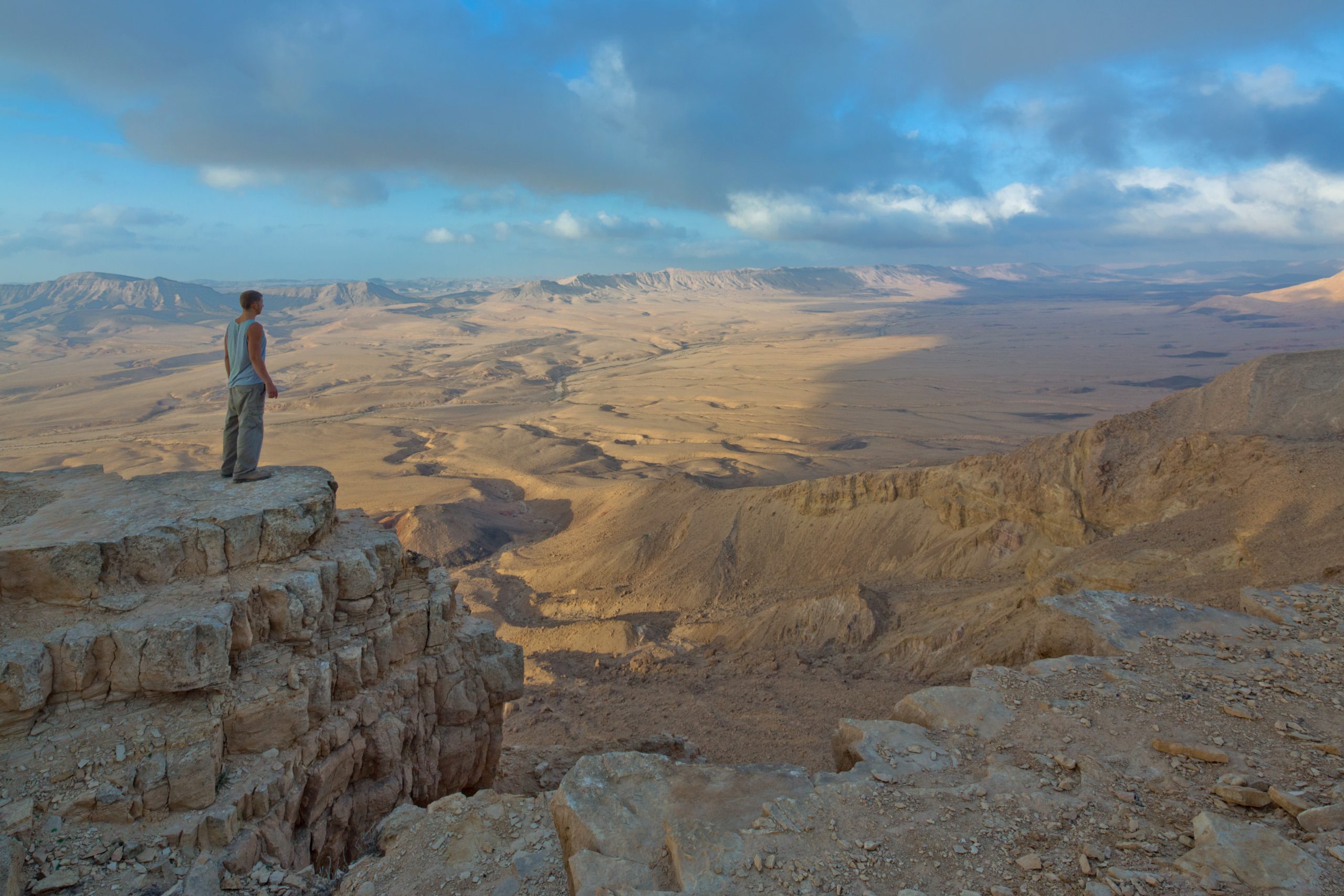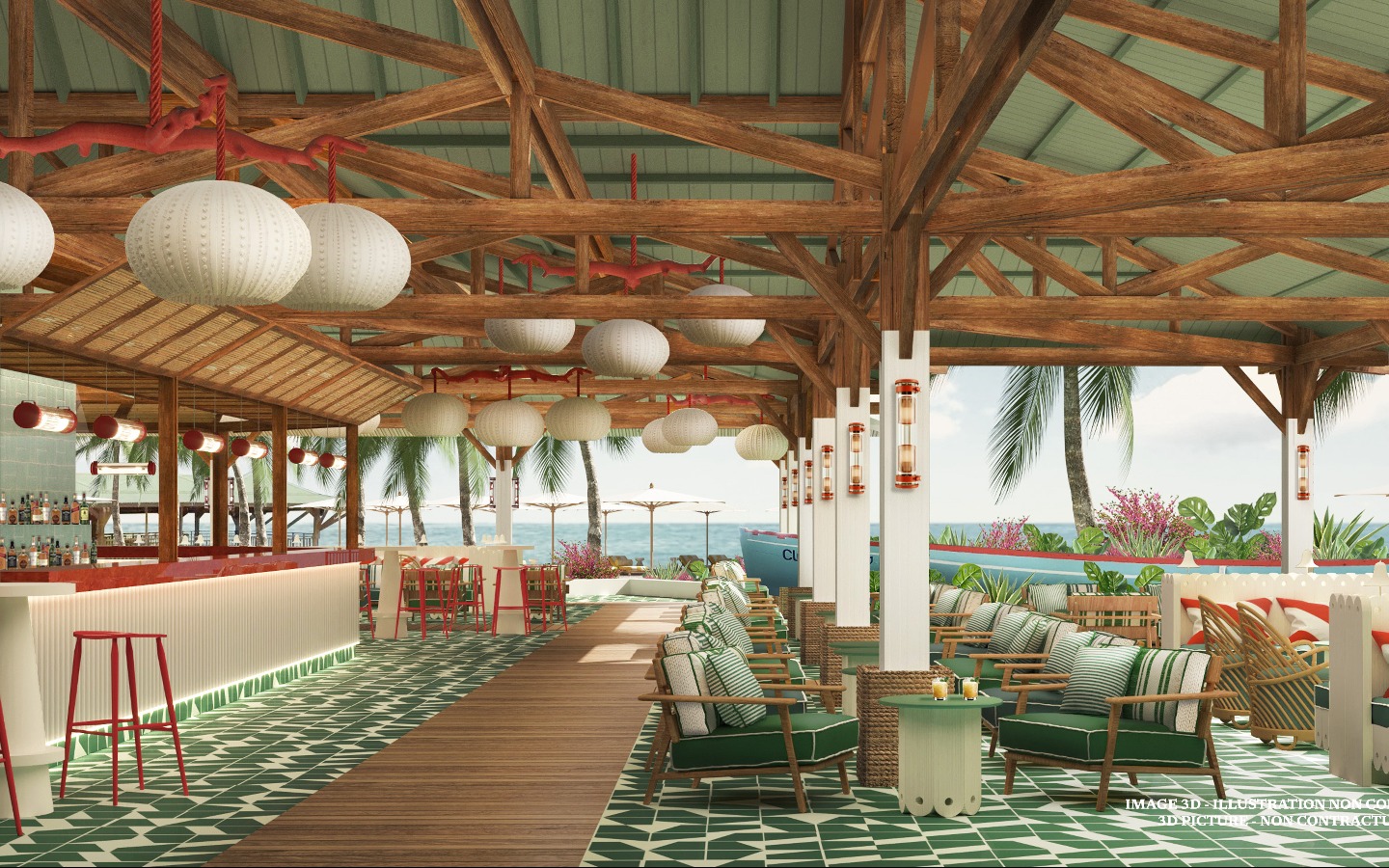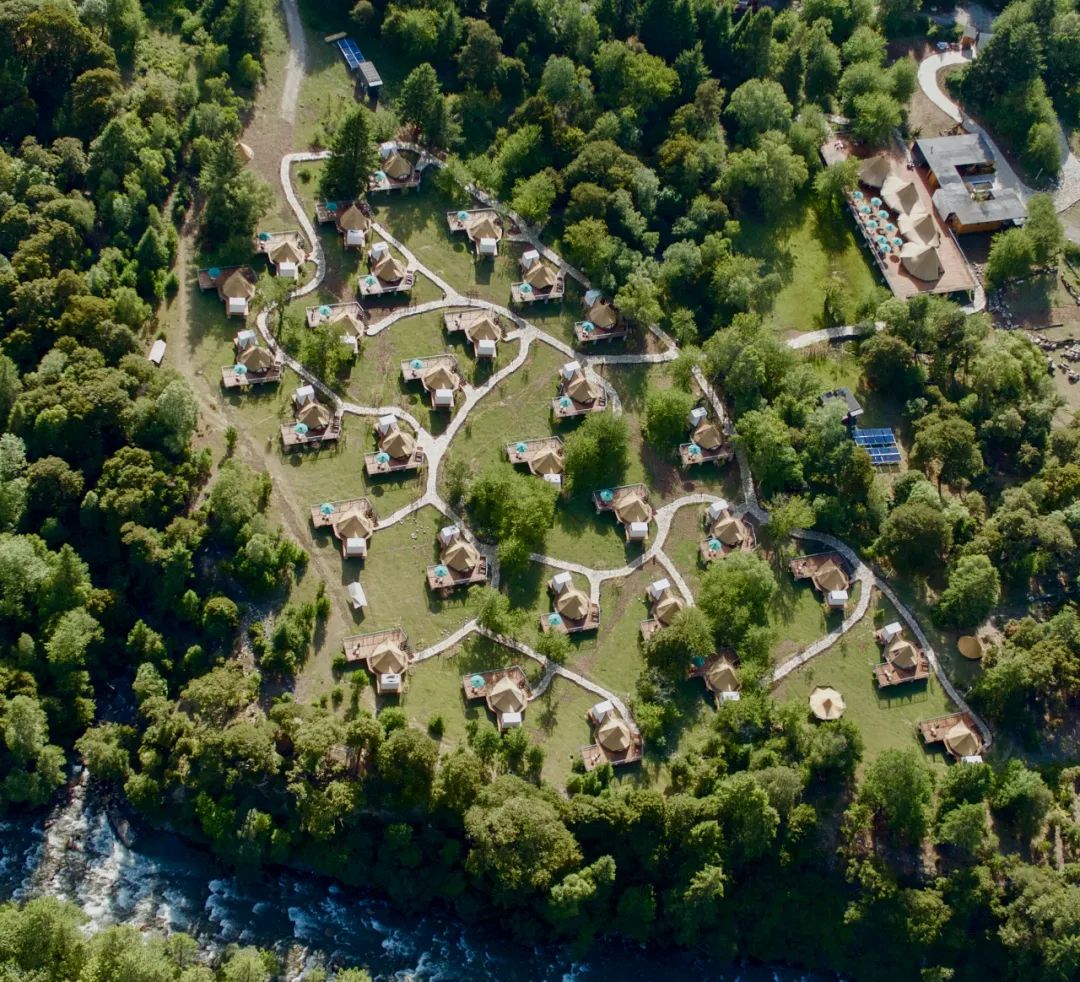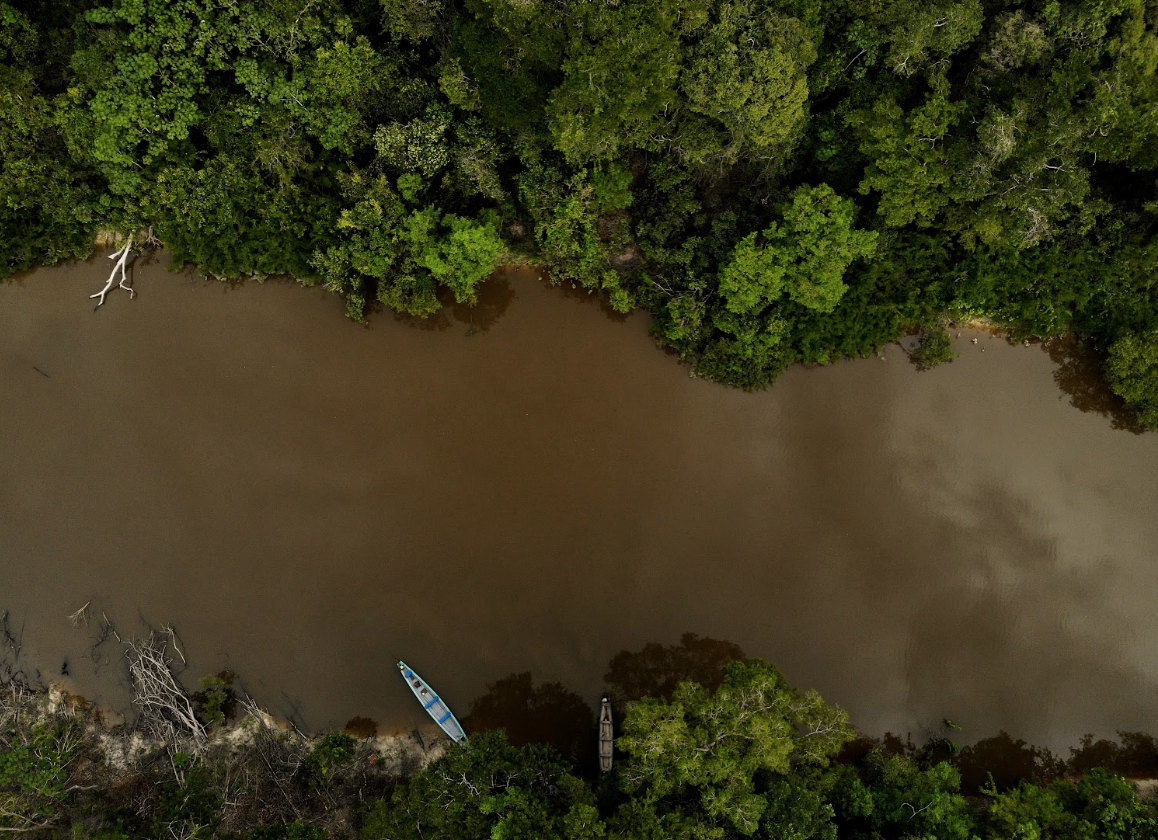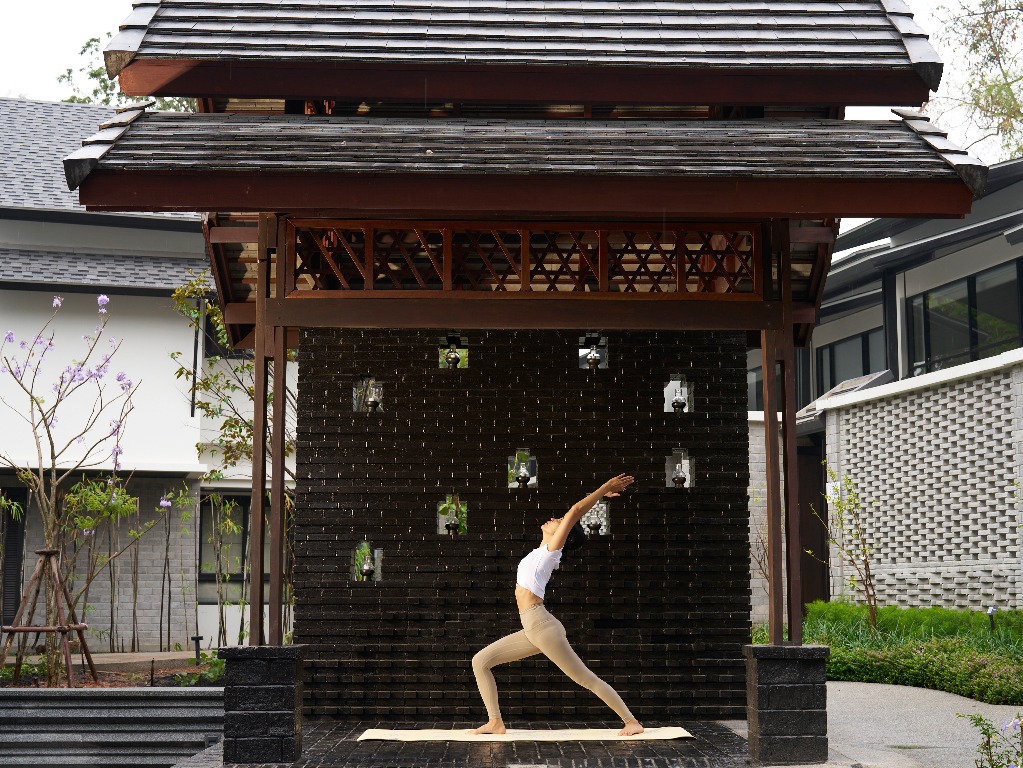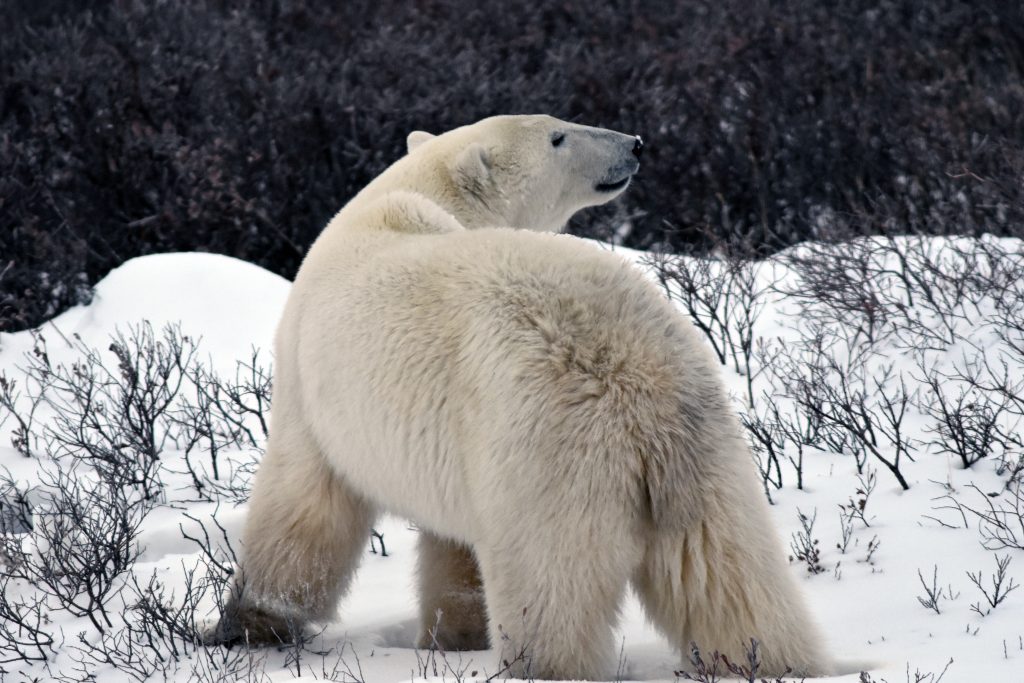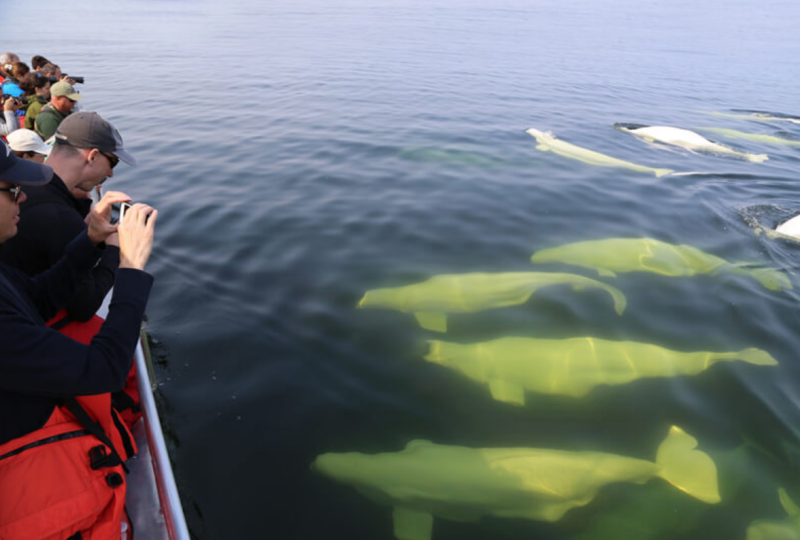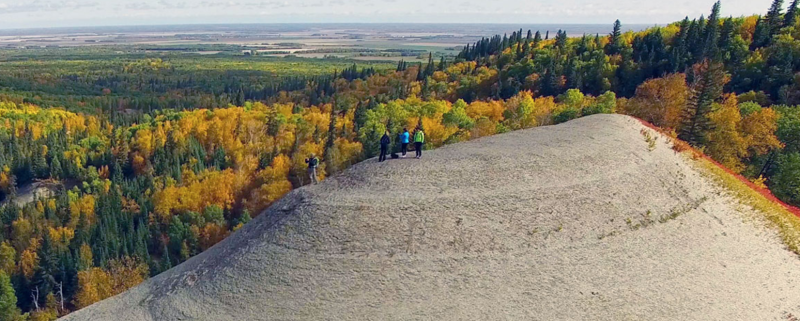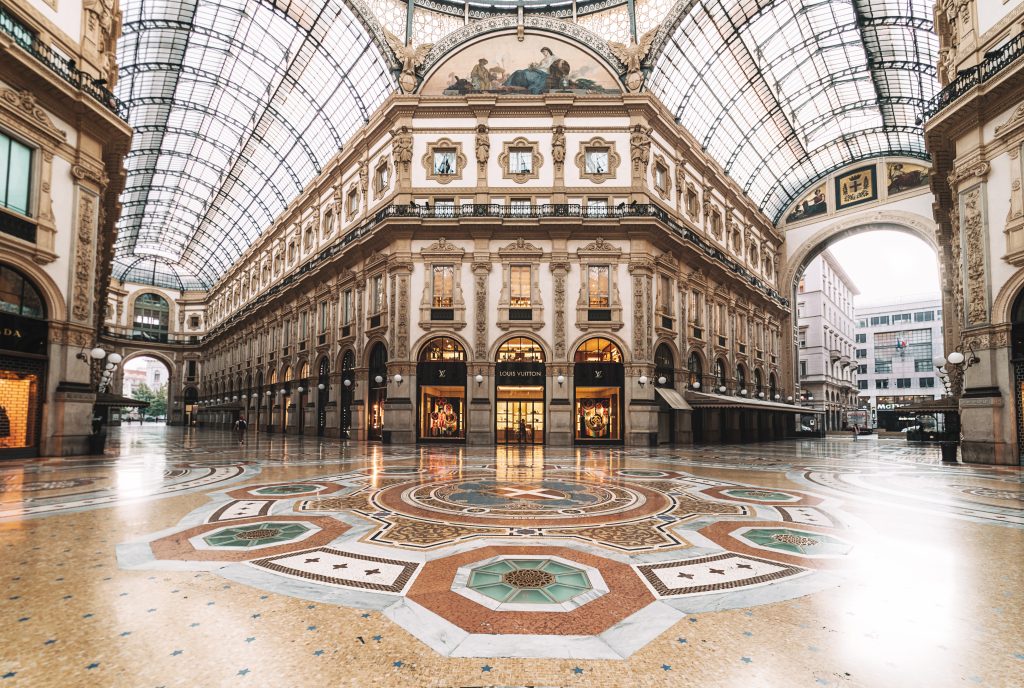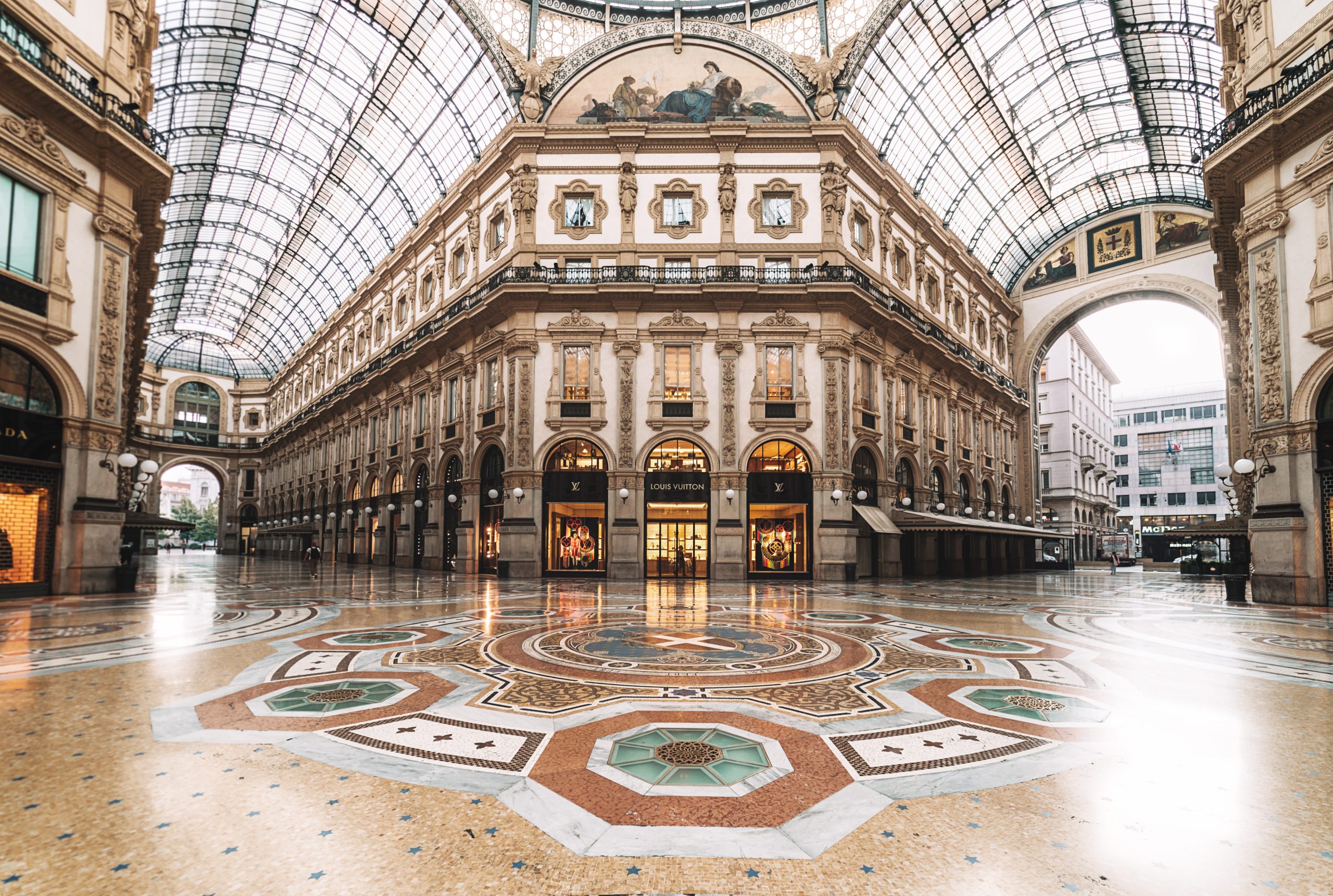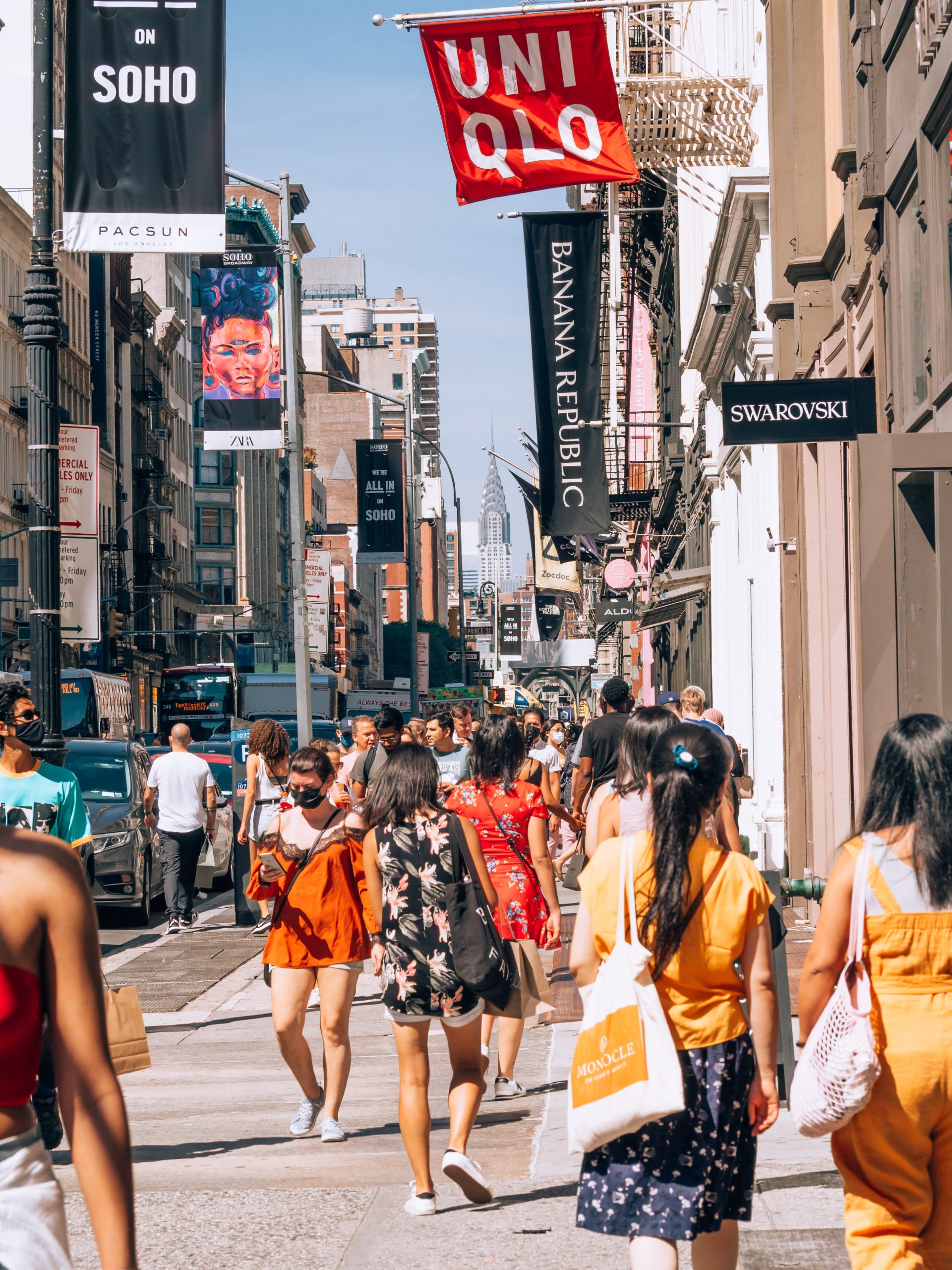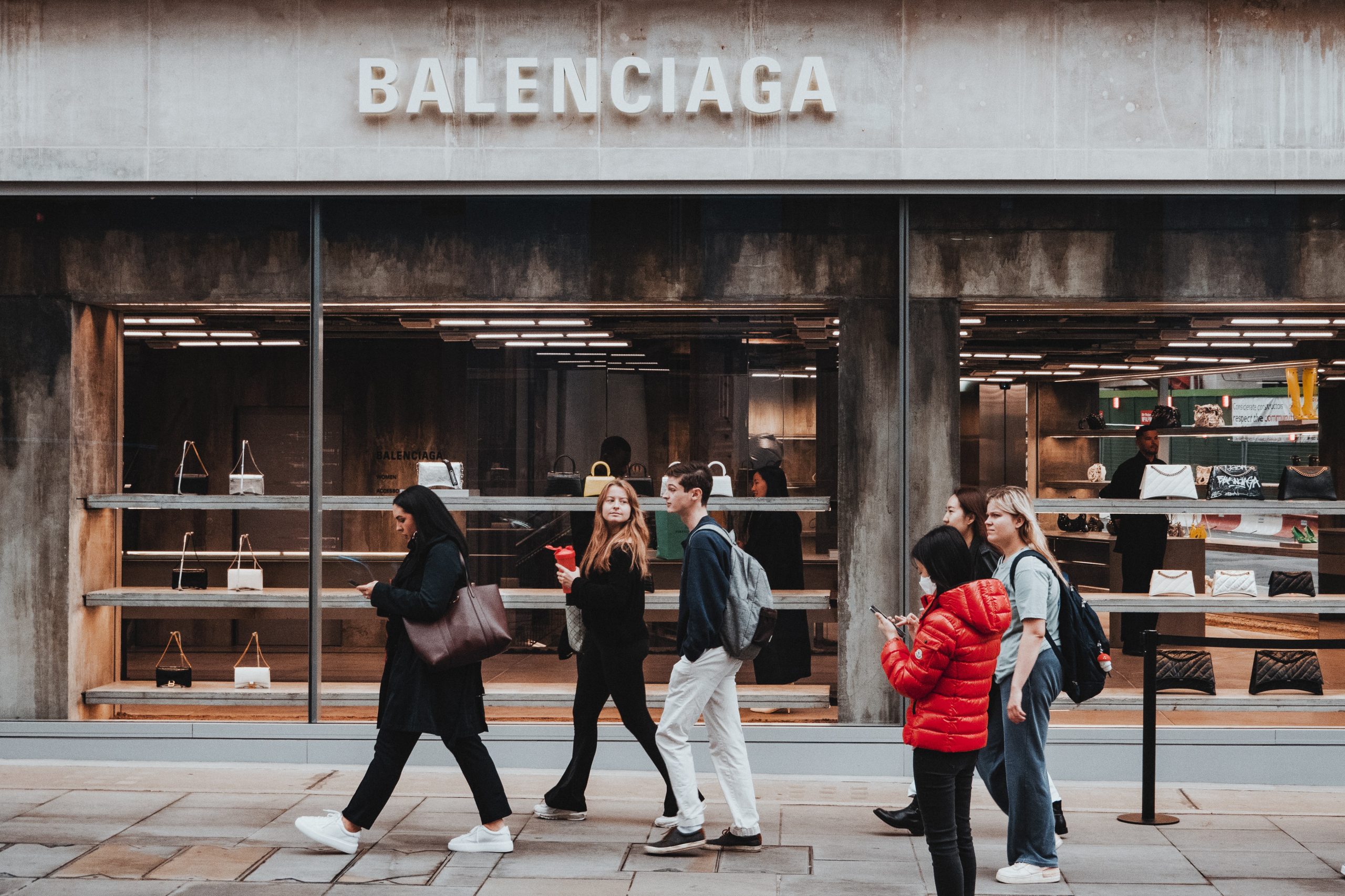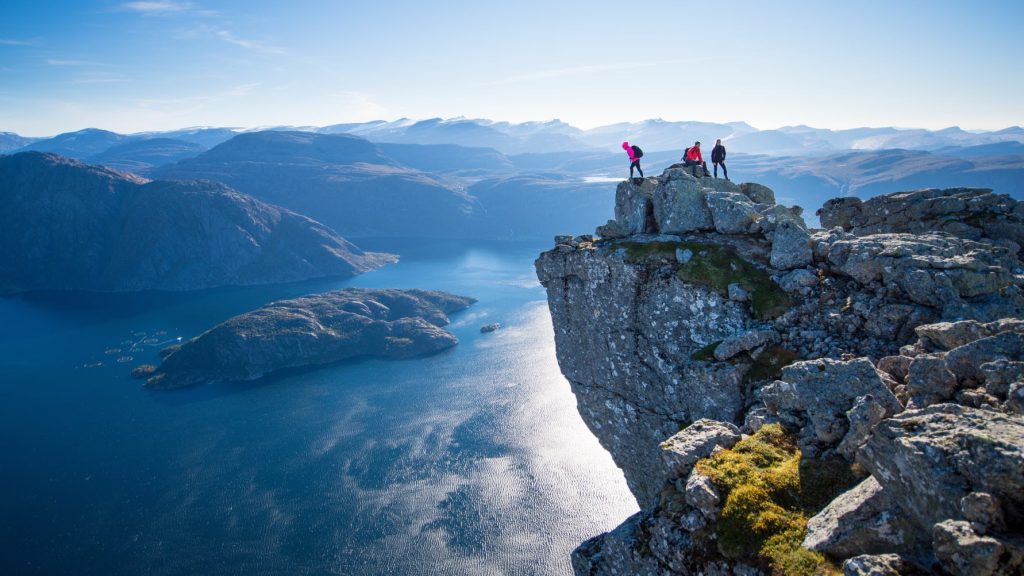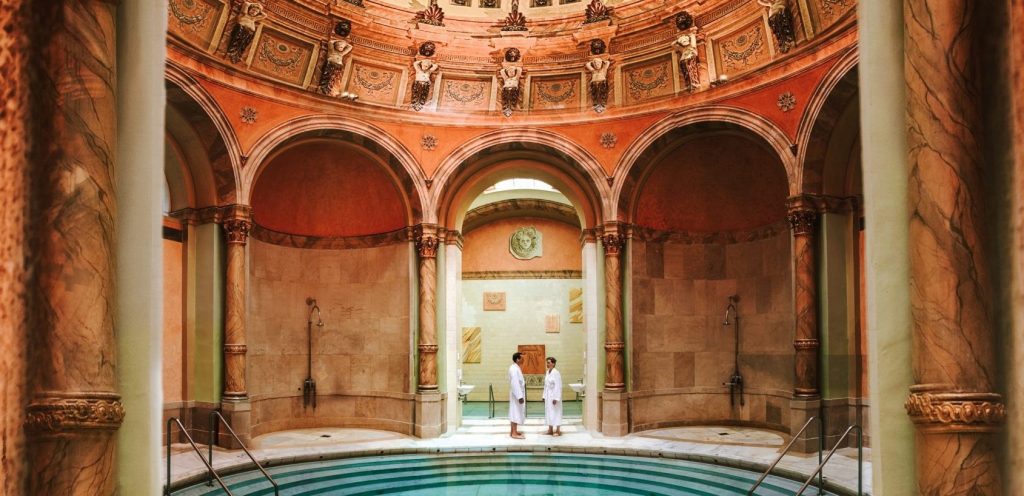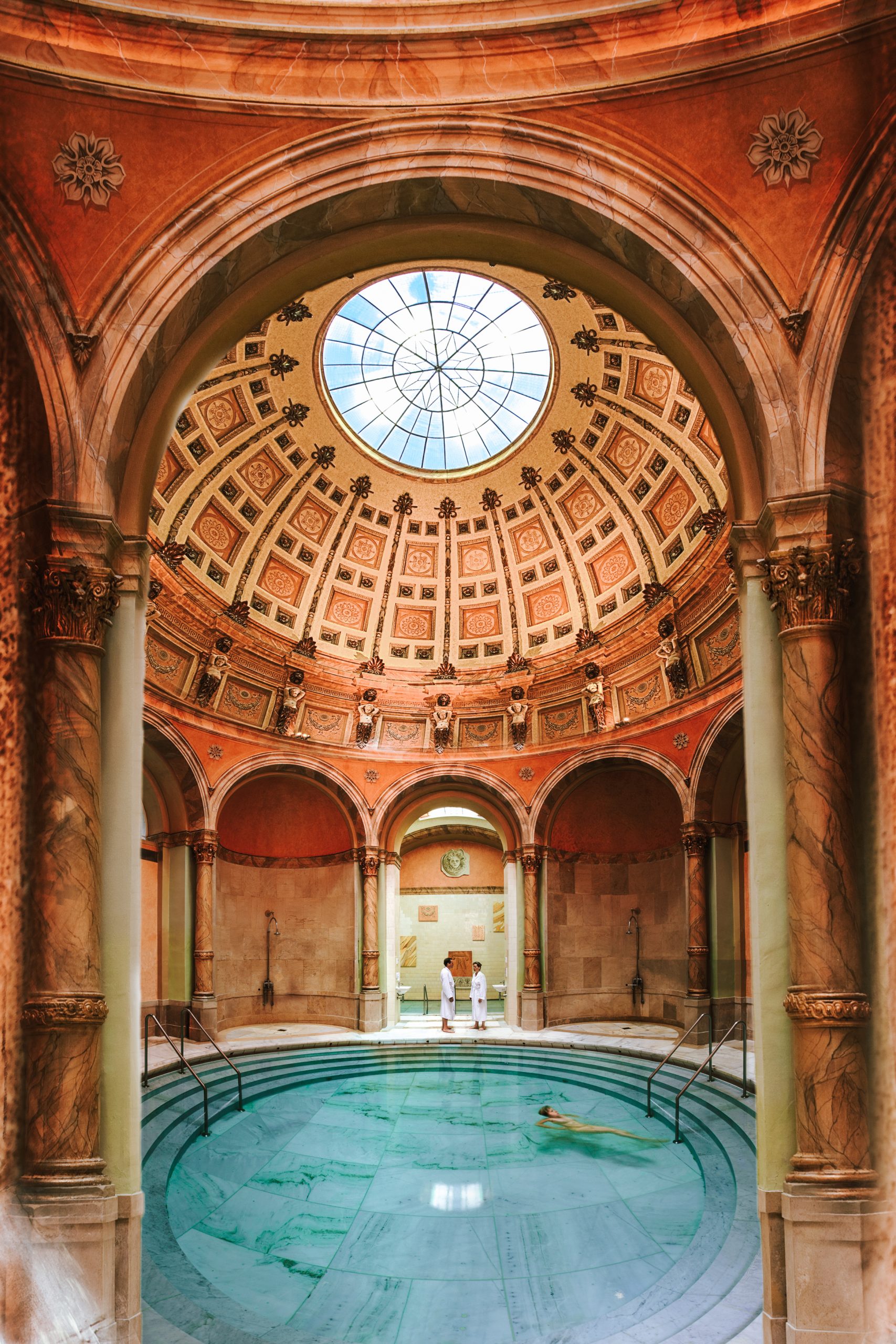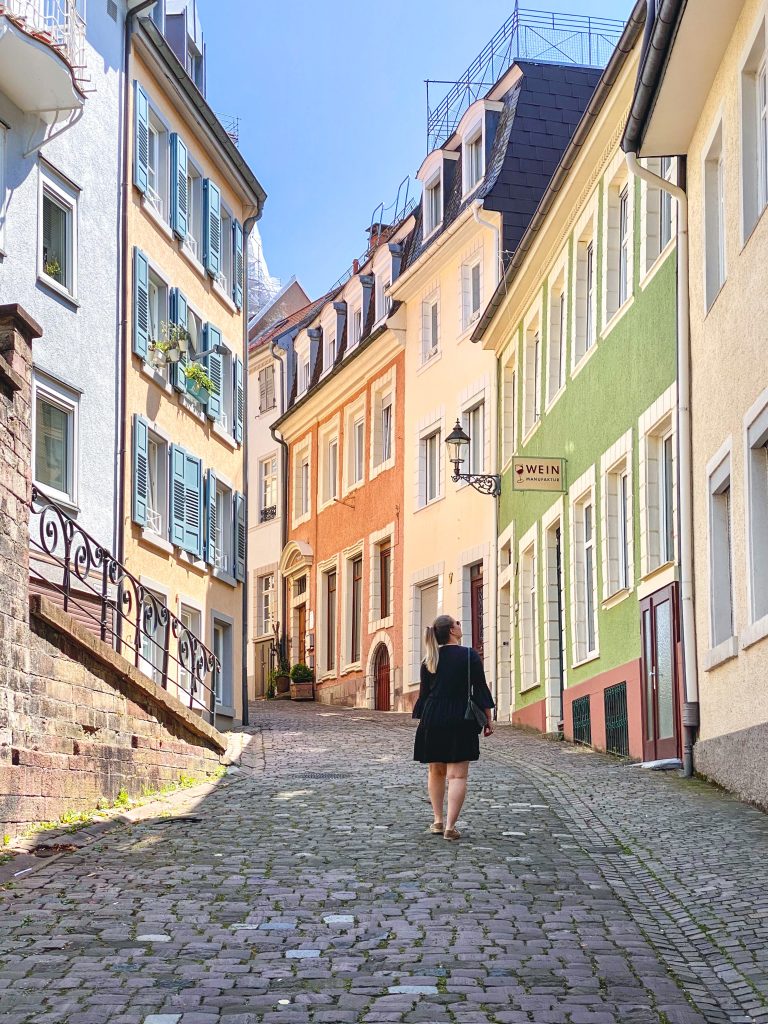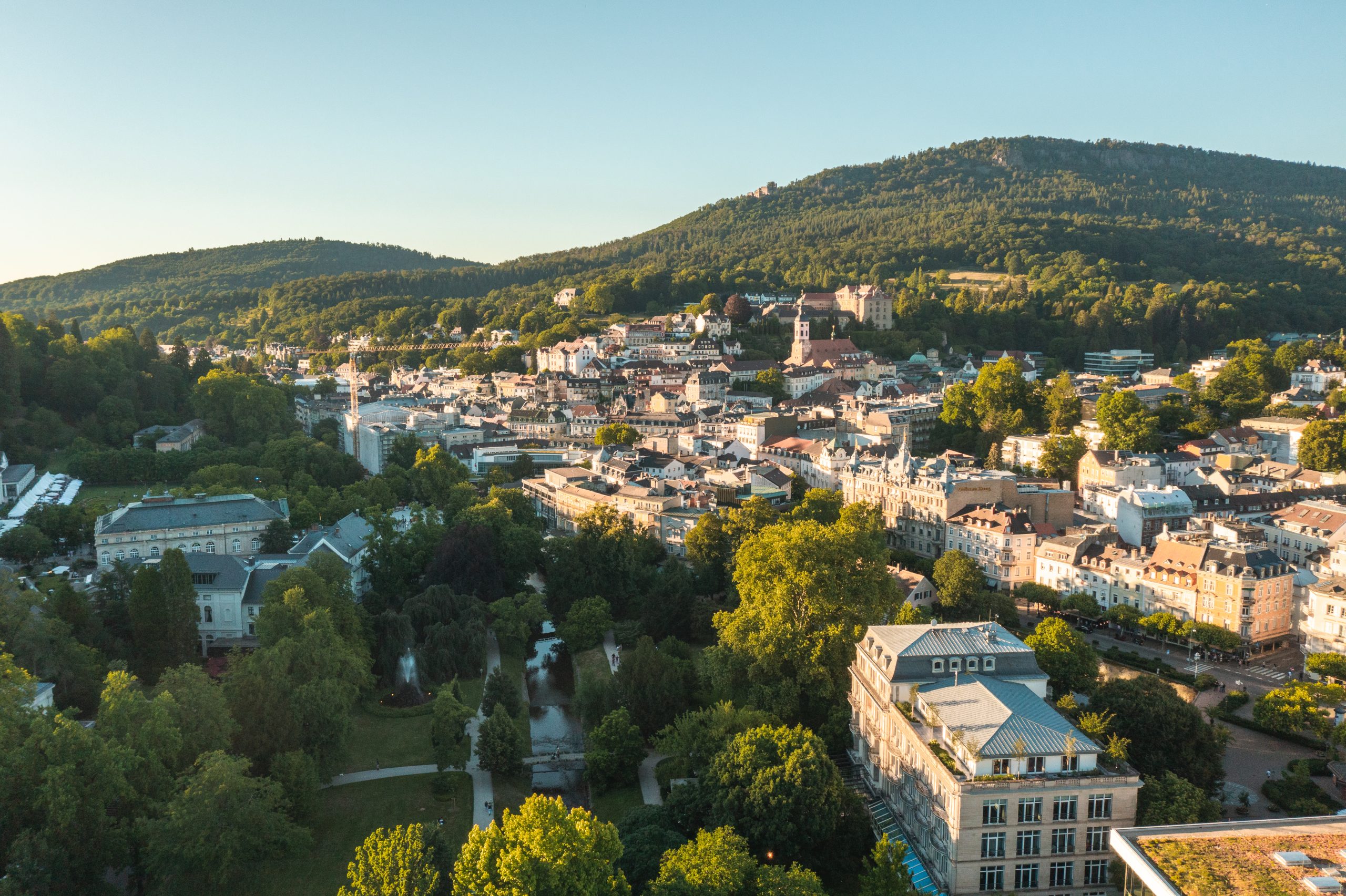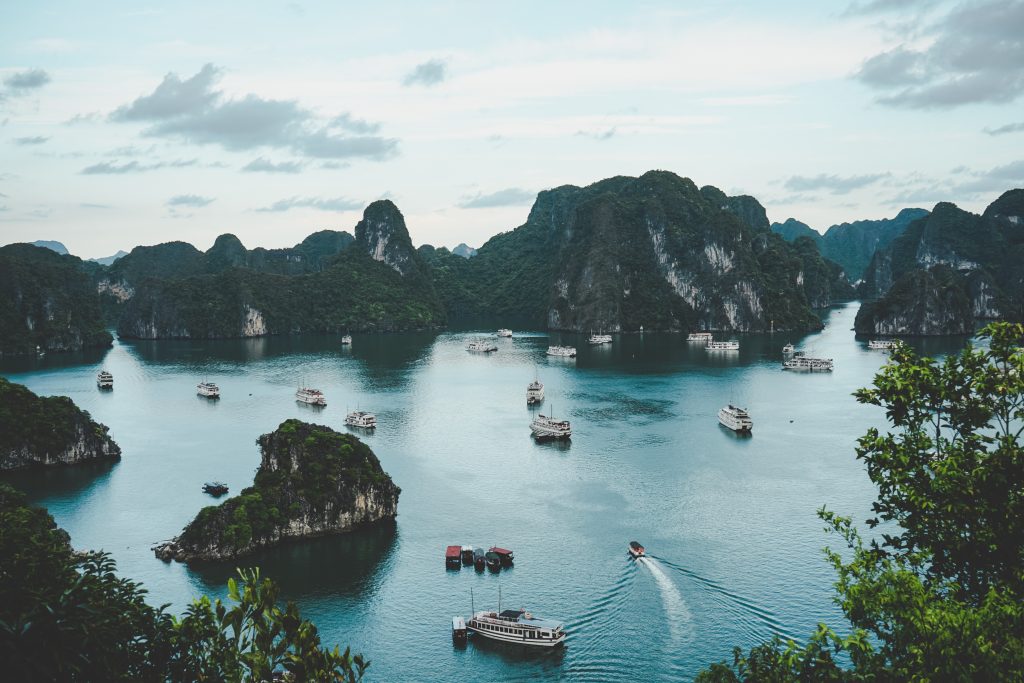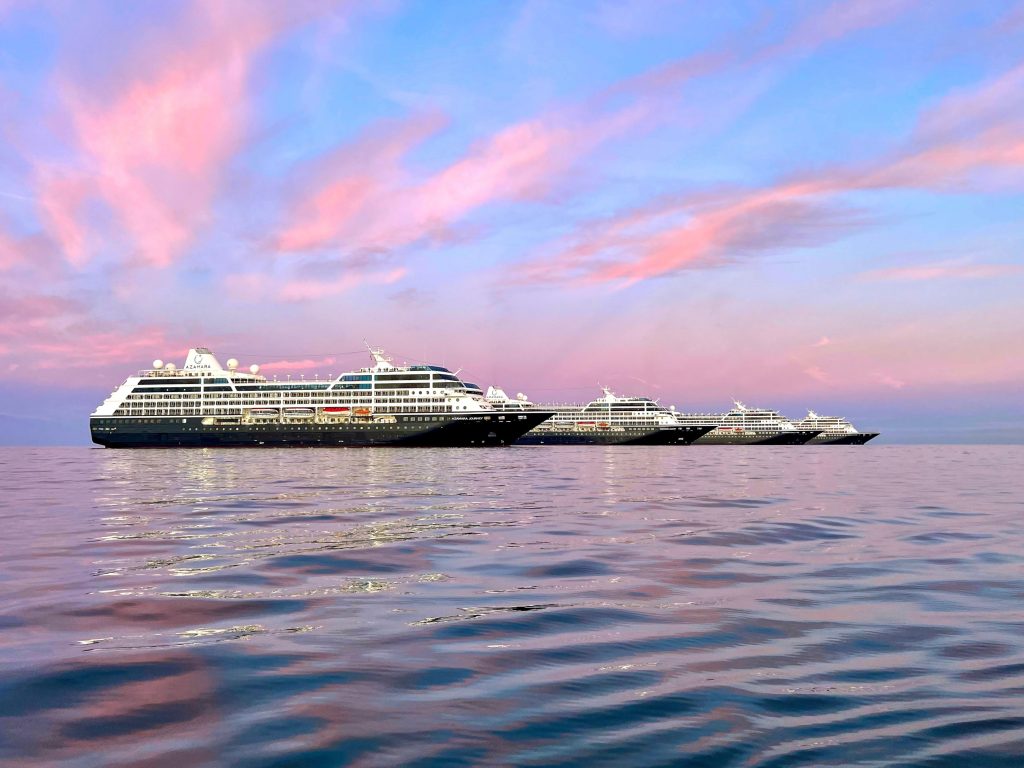
Azamara Cruises returns to Canada for the first time since 2017
Azamara has released 73 itineraries for 2025, including two brand-new voyages visiting Canada for the first time since 2017.
Along with these itineraries comes the debut of double night stays, giving guests two overnights to explore one destination at their leisure.
With Azamara’s new double night stays, guests can spend three days and two nights in Bordeaux, France. Due to their small size, Azamara’s ships can dock in the centre of the city, allowing guests to explore the stunning architecture and renowned museums, as well as the world-famous surrounding wine region.
Azamara guests can also sail seven hours down the Guadalquivir River to enjoy an extended stay in the heart of Seville, Spain, where they can fully immerse themselves in the local culture and traditions of Andalusia by indulging in tapas, watching authentic flamenco dancers and bullfighters, and admiring historic palaces – all at their own pace.
“We are thrilled to return to Canada i
New sailings
Marking the cruise line’s return to the country for the first time in more than five years, Azamara’s new sailings will stop in six Canadian ports, including:
- Cap-aux-Meules, Quebec (maiden port): Known as the center of the Magdalen Islands, this small fishing town boasts incredibly fresh seafood, stunning coastal trails, and over 300 species of birds.
- L’Anse Aux Meadows, Newfoundland (maiden port): L’Anse Aux Meadows is the only authenticated Viking site in North America. Guests will be transported back 1,000 years as they explore the recreated Viking Encampment and discover original Norse artifacts.
- Harve Saint Pierre, Quebec (maiden port): With panoramic views and never-ending sandy beaches, Saint Pierre sits on the north shore of Quebec’s Saint Lawrence River and is the gateway to the Mingan Archipelago National Park Reserve, home to an abundance of wildlife.
2025 itineraries
Azamara’s signature Country Intensive sailings continue to see high demand, making up more than half of the newly released 2025 itineraries.
These specialty voyages encourage guests to dive deeper into countries such as Italy, Spain, France, Norway, Ireland, and Scotland by providing more time to discover the local culture and hidden gems. Two of the fleet’s four ships will visit Greece in 2025, a destination Azamara knows best as its ships visit more unique ports throughout the country than any other cruise line.
Azamara’s 2025 itineraries include a record number of 15 golf cruises in collaboration with longtime partner PerryGolf. Golf lovers will want to book the 2025 British Isles Golf Cruise, which includes weekend attendance to the final two rounds of The 153rd Open at Royal Portrush in Northern Ireland.
To book one of Azamara’s immersive itineraries for 2025, please visit www.azamara.com/europe-

